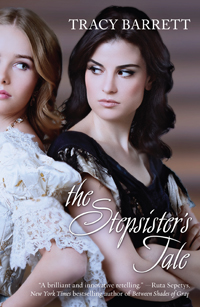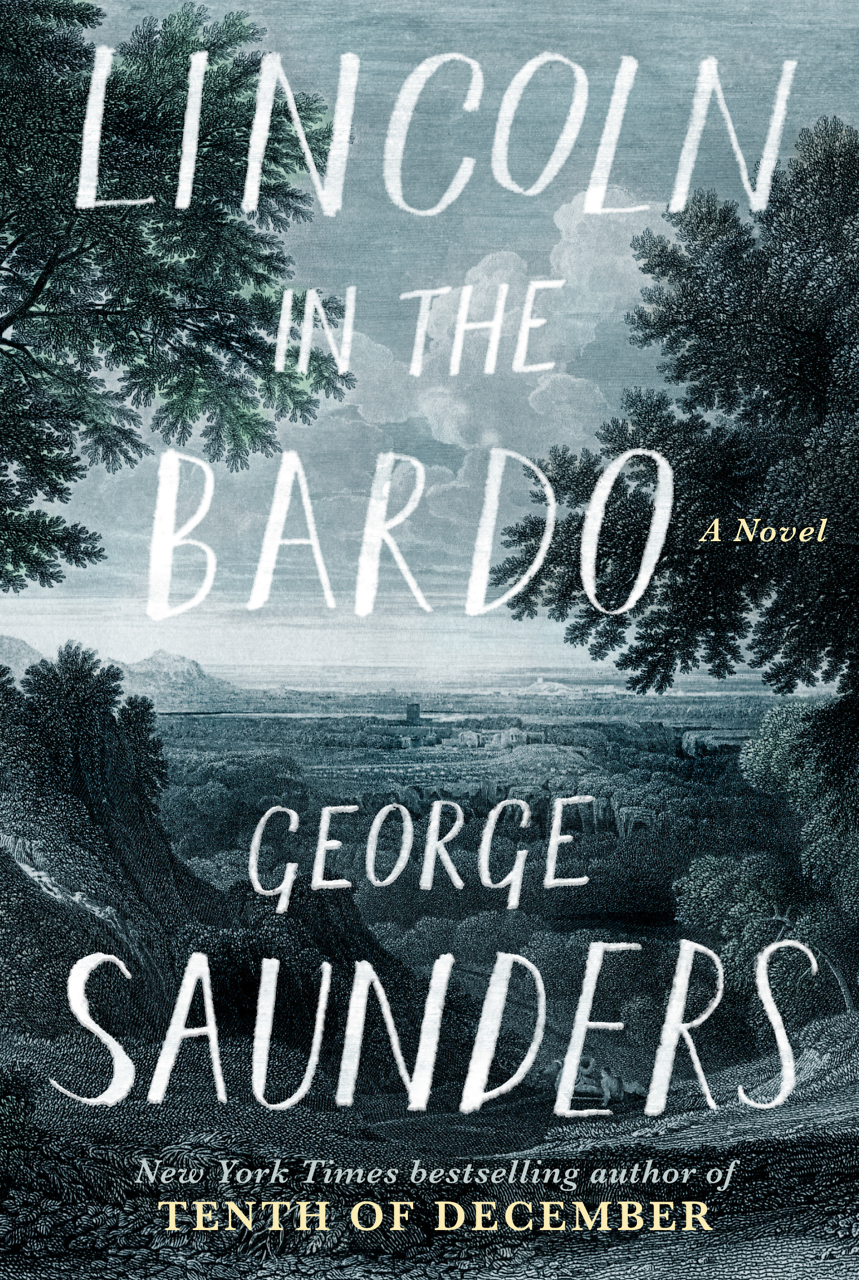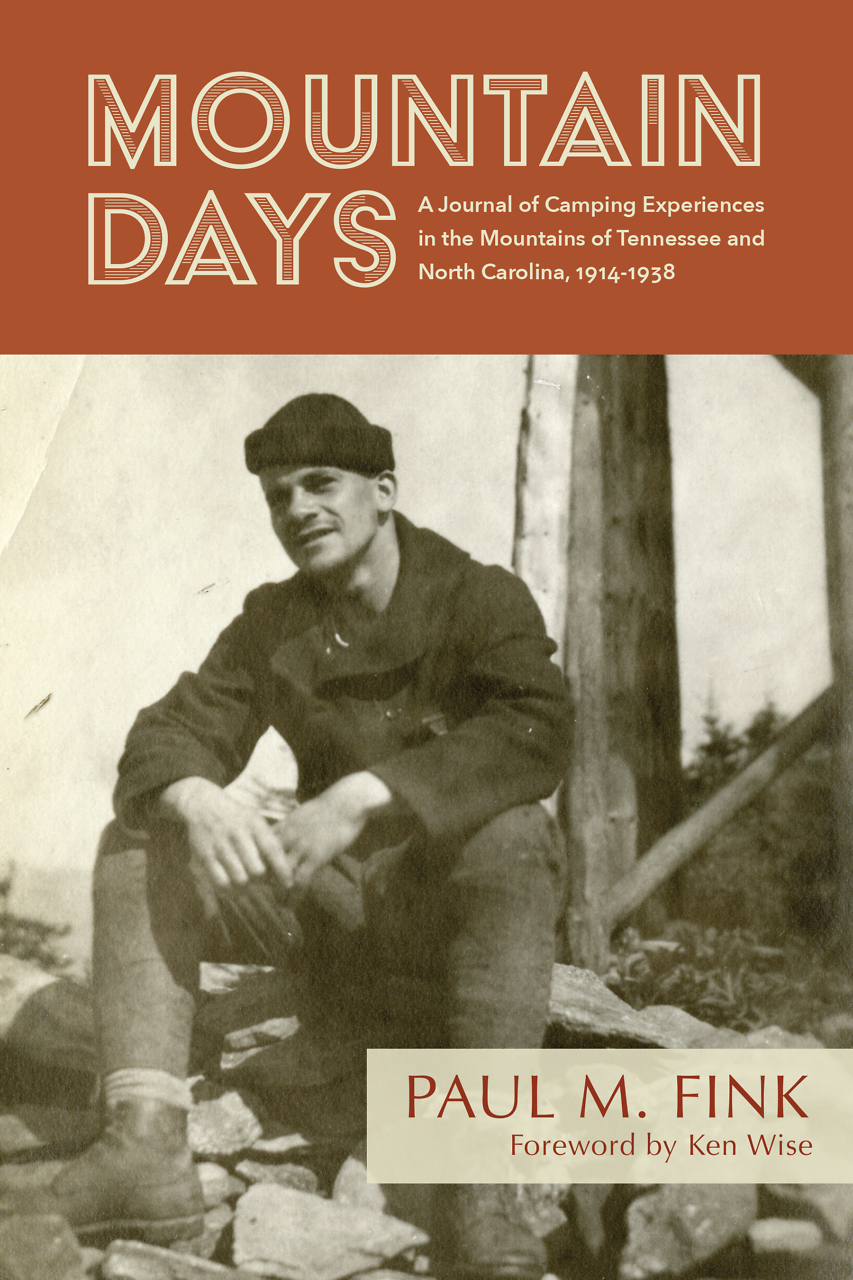Cinderella Revisited
Tracy Barrett spins a new story from an old one in The Stepsister’s Tale
Imagine that Cinderella’s nasty stepsisters have gotten a bad rap. It’s really they who live lives of drudgery and deprivation, while Cinderella is the spoiled, spiteful one. And the wicked stepmother? Far from being the abusive Step-Mommie Dearest of tradition, she’s actually a helpless, mildly delusional woman with rotten taste in men. That’s the scenario in Tracy Barrett’s tenth novel for young readers, The Stepsister’s Tale, which puts a hard twist on the familiar story but retains much of its romance and hopeful essence. Without violating the spirit of the folktale, Barrett reinvents it with a sensibility that is distinctly modern: in the world that Barrett creates, female independence and solidarity matter far more than male gallantry.
 The Mountjoy sisters, Jane and Maude, live with their mother, Lady Margaret, in crumbling Halsey Hall, a once-grand house that is slowly falling to ruin. Their father, a drunk, ran off and died, but not before squandering their mother’s inheritance. With no money for food or clothing, much less servants, Jane and Maude have become ragged drudges who do all the labor of the house, in addition to caring for the estate’s few remaining animals and foraging for berries and mushrooms in the forest. Despite their desperate poverty, Mamma is not quite able to grasp the family’s change in circumstances. She was raised for genteel helplessness and doesn’t acknowledge that her daughters wear themselves out so the trio can survive. “We are ladies, and ladies do not do heavy work,” she says, in spite of all evidence to the contrary. She has a tendency to break down whenever her fantasy is challenged.
The Mountjoy sisters, Jane and Maude, live with their mother, Lady Margaret, in crumbling Halsey Hall, a once-grand house that is slowly falling to ruin. Their father, a drunk, ran off and died, but not before squandering their mother’s inheritance. With no money for food or clothing, much less servants, Jane and Maude have become ragged drudges who do all the labor of the house, in addition to caring for the estate’s few remaining animals and foraging for berries and mushrooms in the forest. Despite their desperate poverty, Mamma is not quite able to grasp the family’s change in circumstances. She was raised for genteel helplessness and doesn’t acknowledge that her daughters wear themselves out so the trio can survive. “We are ladies, and ladies do not do heavy work,” she says, in spite of all evidence to the contrary. She has a tendency to break down whenever her fantasy is challenged.
Jane, the older sister, is as practical and grounded as her mother is eccentric. She sees the family’s life as it is, and we see it through her eyes. This is really Jane’s story—hence the use of the singular in the book’s title—and the central dilemma belongs to her: how can she do what’s necessary to keep the family afloat and still protect her mother’s illusions? Her problem is compounded when Mamma brings home a new husband, Harry, and his spoiled, beautiful daughter, Isabella. Harry turns out to be a second loser, and Isabella is both useless and hateful. Soon, the family is in even direr straits, with ferocious step-sibling rivalry further adding to their troubles.
 There is a handsome prince in Barrett’s story, but he comes along rather late in the game, and he’s not the main love interest. The romance in The Stepsister’s Tale goes in a fresh direction altogether and involves “the people of the woods,” peasants who live in the forest and have mysterious, fairy-like ways. Jane’s attraction to one of their number creates yet another conflict with her mother, who regards the forest folk as inferior. At one point, Jane worries that news of her secret beau “might kill Mamma.”
There is a handsome prince in Barrett’s story, but he comes along rather late in the game, and he’s not the main love interest. The romance in The Stepsister’s Tale goes in a fresh direction altogether and involves “the people of the woods,” peasants who live in the forest and have mysterious, fairy-like ways. Jane’s attraction to one of their number creates yet another conflict with her mother, who regards the forest folk as inferior. At one point, Jane worries that news of her secret beau “might kill Mamma.”
Barrett takes most of the elements of the traditional Cinderella story—the sibling hostilities, the infatuated prince, the quest for the rightful owner of the glass slipper—and puts them to work in a tale that turns the original on its head. In the folktale, illusion—i.e., Cinderella’s temporary transformation—is actually a revelation of truth because, in the world of that story, beauty equals virtue. The reward for Cinderella’s virtue is rescue from a cruel family. In The Stepsister’s Tale, all illusion is deceptive and destructive, and beauty most definitely does not equal virtue. The ultimate reward in Barrett’s world is salvation of the family, not escape from it.
Traditional gender roles are also subverted, though not entirely, in The Stepsister’s Tale. All would be lost without the daughters’ resourcefulness, especially Jane’s, and almost every shining knight turns out to be a dud or worse. But there is a hefty dose of romance here, and the obsession with appearance is not so much jettisoned as revised to a twenty-first-century, Dove-ad notion of real beauty. Jane’s beloved tells her that she’s “pretty and fine.” When she demurs, he says, “You have that lovely thick hair, and your face shows who you are inside, strong and fearless.”
The Stepsister’s Tale nods to the supernatural, but it’s not really a book for young readers hooked on fantasy. There’s considerable talk about fairies and such, but none fully appear. The magical force at work in Halsey Hall is really family love, aided by hard work and ingenuity. Barrett has transformed a rather mean-spirited old tale into a girl-empowering story that is both gritty and uplifting, a work of romantic realism for the under-fifteen set.

Maria Browning is a fifth-generation Tennessean who grew up in Erin and Nashville. A graduate of Mount Holyoke College, she has attended the Clothesline School of Writing in Chicago, the Moss Workshop with Richard Bausch at the University of Memphis, and the Sewanee Writers’ Conference. She lives in White Bluff.


